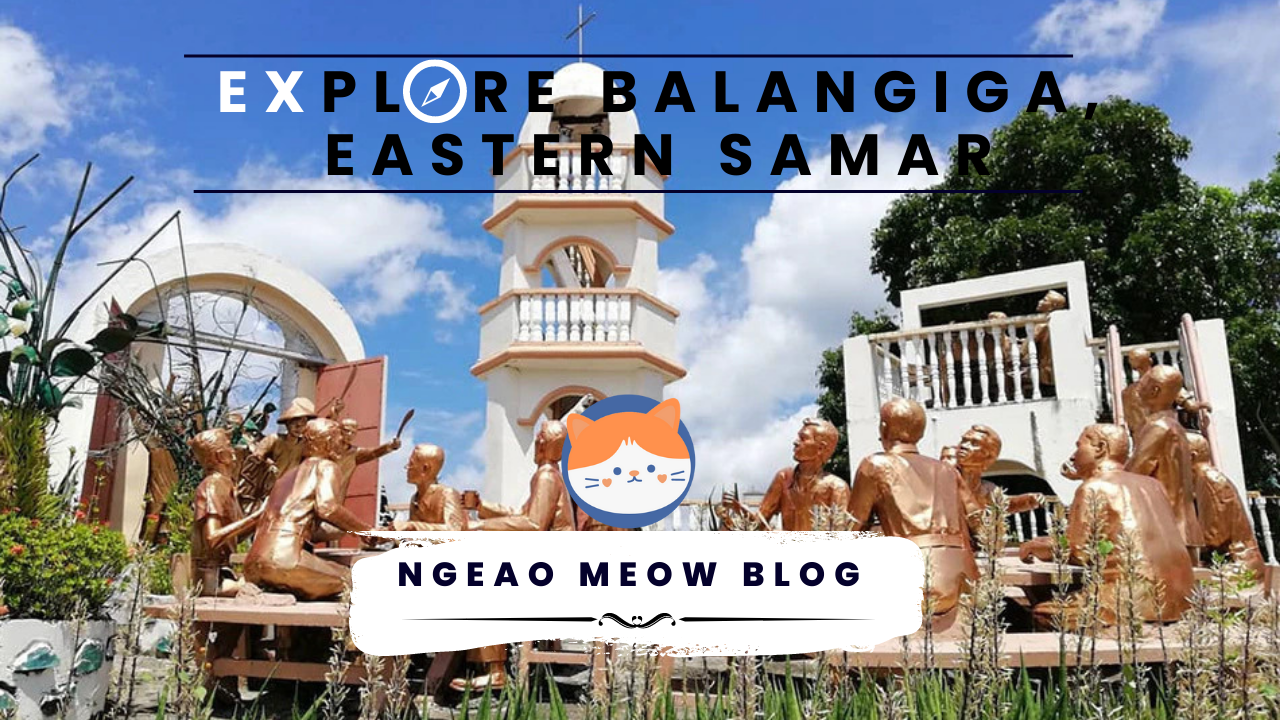
Balangiga is a municipality located in the province of Eastern Samar in the Philippines. As of the 2020 census, the population of Balangiga is 14,545.
In terms of its status, Balangiga is a 4th class municipality in the province of Eastern Samar. It is known for its historical significance as the site of the Balangiga massacre during the Philippine-American War in 1901.
In recent years, Balangiga has been working to develop its tourism industry, with the restoration of the Balangiga Bells and the construction of a new museum dedicated to the history of the massacre. The town is also known for its beautiful beaches and is popular among tourists who are looking for a more off-the-beaten-path destination in the Philippines.
Balangiga History
Balangiga is a small town located on the southern coast of the island of Samar in the Eastern Visayas region of the Philippines. The town was originally settled by the Waray people, who are one of the indigenous groups in the region.
In 1901, during the Philippine-American War, Balangiga was the site of a significant battle between Filipino revolutionaries and American forces. The battle began on September 28, 1901, when Filipino guerrilla forces launched a surprise attack on American soldiers stationed in the town. The attack, which is known as the Balangiga massacre, resulted in the deaths of 48 American soldiers and an unknown number of Filipino combatants and civilians.
The American military responded to the attack by launching a brutal counteroffensive, which included a scorched earth campaign that destroyed much of the town and surrounding area. In addition, American troops took a set of church bells from the town as a war trophy, which remains a source of controversy and tension between the Philippines and the United States to this day.
In recent years, efforts have been made to improve relations between the Philippines and the United States and to return the church bells to Balangiga. In 2018, the bells were finally returned to the town in a ceremony that was attended by both Filipino and American officials.
Today, Balangiga is a quiet, coastal town that is known for its beautiful beaches and historic landmarks. The town’s economy is primarily based on fishing and agriculture, with coconut and abaca being the most important crops.
What are the Native Delicacies in Balangiga?
Balangiga, Eastern Samar is known for its unique and delicious delicacies. Some of the popular native delicacies in Balangiga include:
Binagol – a sweet dessert made of grated taro root, coconut milk, condensed milk, and caramelized sugar, cooked inside a coconut shell.
Suman – a popular rice cake made of glutinous rice, coconut milk, and sugar, wrapped in banana leaves and steamed.
Moron – a type of rice cake made of glutinous rice and chocolate, wrapped in banana leaves and steamed.
Puto lanson – a type of steamed rice cake made of glutinous rice, coconut milk, and sugar, topped with grated coconut.
Sinikway – a savory snack made of ground pork or beef, mixed with onions and spices, and wrapped in banana leaves before being grilled or steamed.
Tupig – a grilled rice cake made of glutinous rice, coconut milk, and sugar, wrapped in banana leaves.
Ways To Get There
There are a few ways to get to Balangiga, depending on your starting location. Here are some options:
By Air: The nearest airport to Balangiga is the Borongan Airport, which is located in the nearby city of Borongan. From there, you can take a tricycle or a van to Balangiga, which is about an hour and a half away.
By Land: If you are coming from Tacloban City, you can take a van or a bus going to Borongan City. From Borongan City, you can take a tricycle or a van going to Balangiga.
By Sea: There are ferries that operate from Cebu City to the port of Guiuan, which is about an hour and a half away from Balangiga. From Guiuan, you can take a tricycle or a van going to Balangiga.

